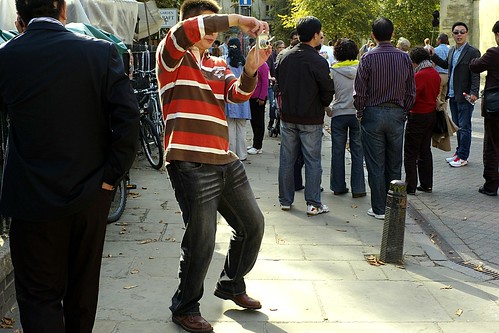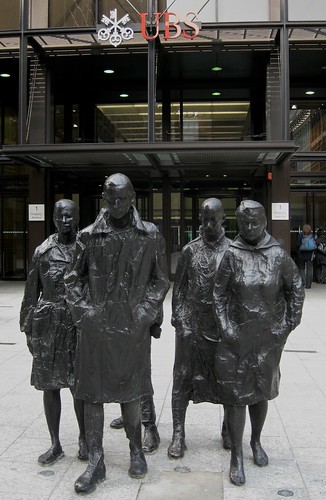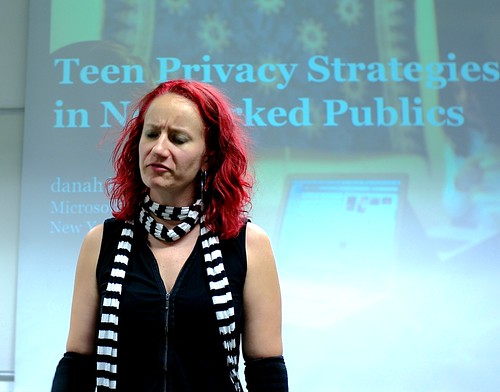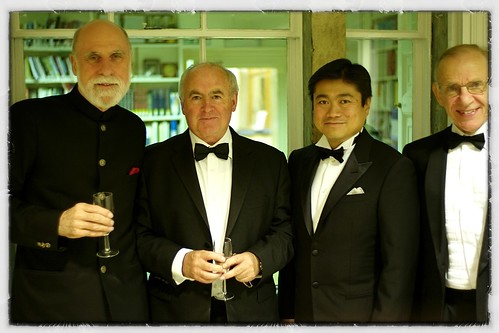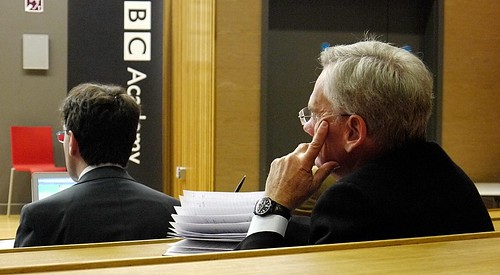Nicest Tweet of the morning came from Rory Cellan-Jones (@ruskin147 on Twitter):
Favourite neutrino joke so far: To get to the other side. Why did the neutrino cross the road?
Backstory: Wired sums it up thus:
If it’s true, it will mark the biggest discovery in physics in the past half-century: Elusive, nearly massless subatomic particles called neutrinos appear to travel just faster than light, a team of physicists in Europe reports. If so, the observation would wreck Einstein’s theory of special relativity, which demands that nothing can travel faster than light.
In fact, the result would be so revolutionary that it’s sure to be met with skepticism all over the world. “I suspect that the bulk of the scientific community will not take this as a definitive result unless it can be reproduced by at least one and preferably several experiments,” says V. Alan Kostelecky, a theorist at Indiana University, Bloomington. He adds, however, “I’d be delighted if it were true.”
The data come from a 1,300-metric-ton particle detector named Oscillation Project with Emulsion-tRacking Apparatus (OPERA). Lurking in Italy’s subterranean Gran Sasso National Laboratory, OPERA detects neutrinos that are fired through the Earth from the European particle physics laboratory, CERN, near Geneva, Switzerland. As the particles hardly interact at all with other matter, they stream right through the ground, with only a very few striking the material in the detector and making a noticeable shower of particles.
Over three years, OPERA researchers timed the roughly 16,000 neutrinos that started at CERN and registered a hit in the detector. They found that, on average, the neutrinos made the 730-kilometer, 2.43-millisecond trip roughly 60 nanoseconds faster than expected if they were traveling at light speed. “It’s a straightforward time-of-flight measurement,” says Antonio Ereditato, a physicist at the University of Bern and spokesperson for the 160-member OPERA collaboration. “We measure the distance and we measure the time, and we take the ratio to get the velocity, just as you learned to do in high school.” Ereditato says the uncertainty in the measurement is 10 nanoseconds.
Hmmm… I’ve always been fascinated by neutrinos, and often use physicists’ belief in them as evidence that religious fundamentalists aren’t the only people who believe implausible things. Just ponder this passage from the Wikipedia entry on the neutrino:
Most neutrinos passing through the Earth emanate from the Sun. About 65 billion (6.5×1010) solar neutrinos per second pass through every square centimeter perpendicular to the direction of the Sun in the region of the Earth.
What this implies, for example, is that a neutrino can pass right through the earth without noticing the obstacle in its path. Now I know (pace Rutherford’s famous experiment) that atoms are mostly empty space, but still… Makes you think, doesn’t it? It makes me think of JBS Haldane’s famous suspicion that “the Universe is not only queerer than we suppose, but queerer than we can suppose”.

